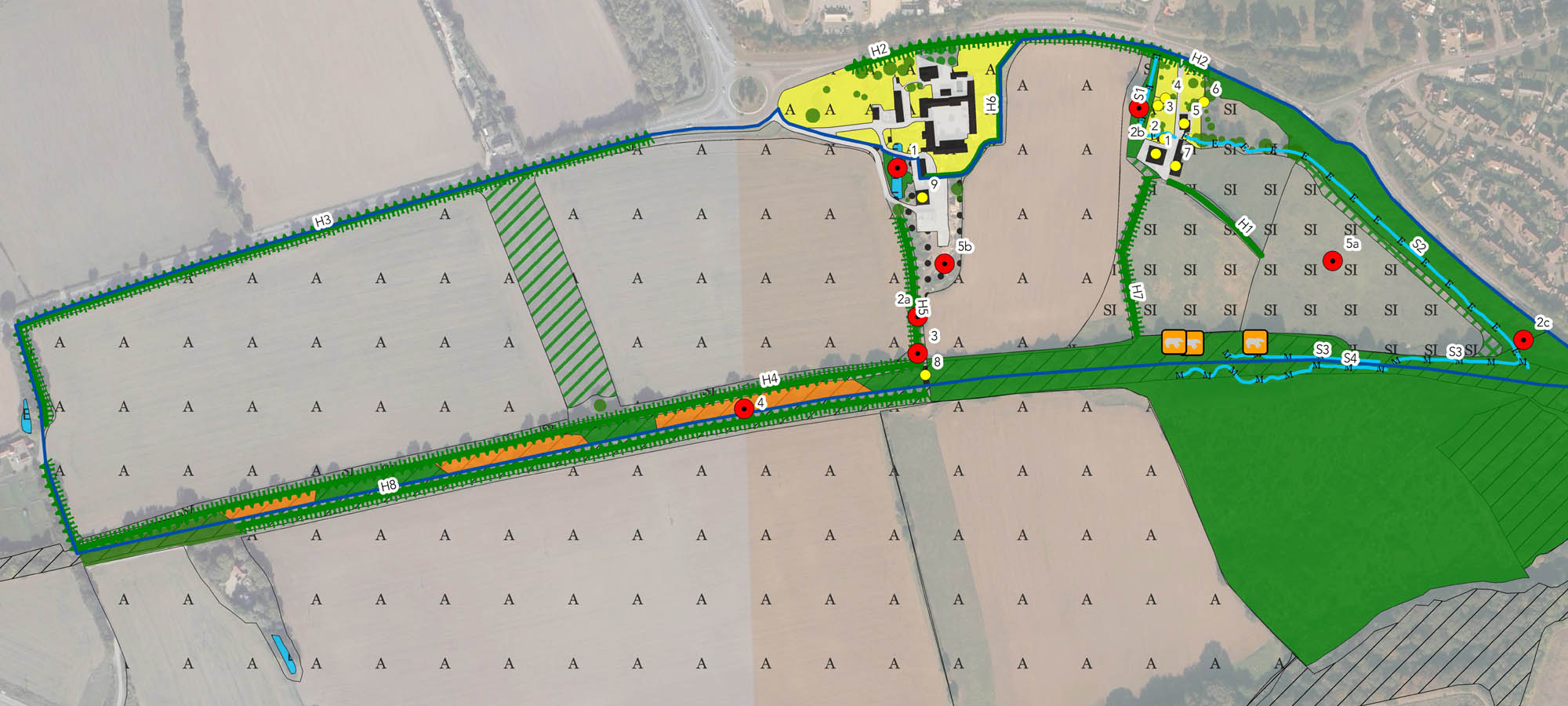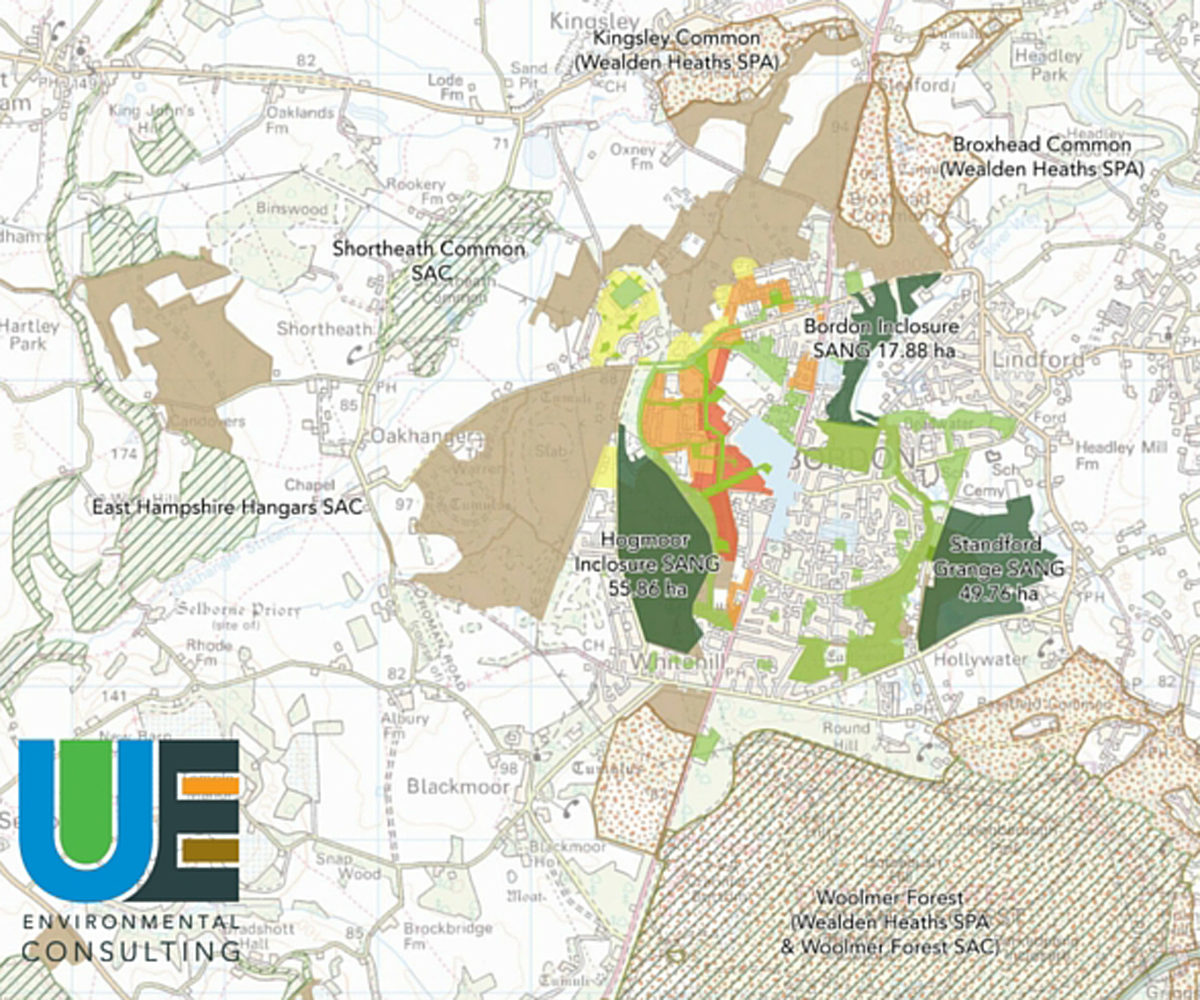Geographic Information Systems
A Geographic Information System (GIS) is used to capture, manage, analyse, display and query all forms of geographically reference. GIS allows us to visualise the world in ways that reveal relationships, patterns, and trends in the form of maps, models, reports, and charts. GIS software helps us answer questions, solve problems and convey large amounts of information in a way that is quickly understood and easily shared. Urban Edge Environmental Consulting uses GIS in the majority of our projects in order to better understand the potential effects of plans, strategies and projects on the human and natural environment. GIS analysis and maps help inform our work, as well as being essential for our clients and stakeholders – as the saying goes, ‘a picture tells a thousand words’. Our GIS projects have included the collection and representation of data across the whole of Scotland, for sub-regions such as the Black Country and South Hampshire, for individual cities, districts and boroughs, and for localised projects and site-specific zones of influence in Environmental/Ecological Impact Assessments.


